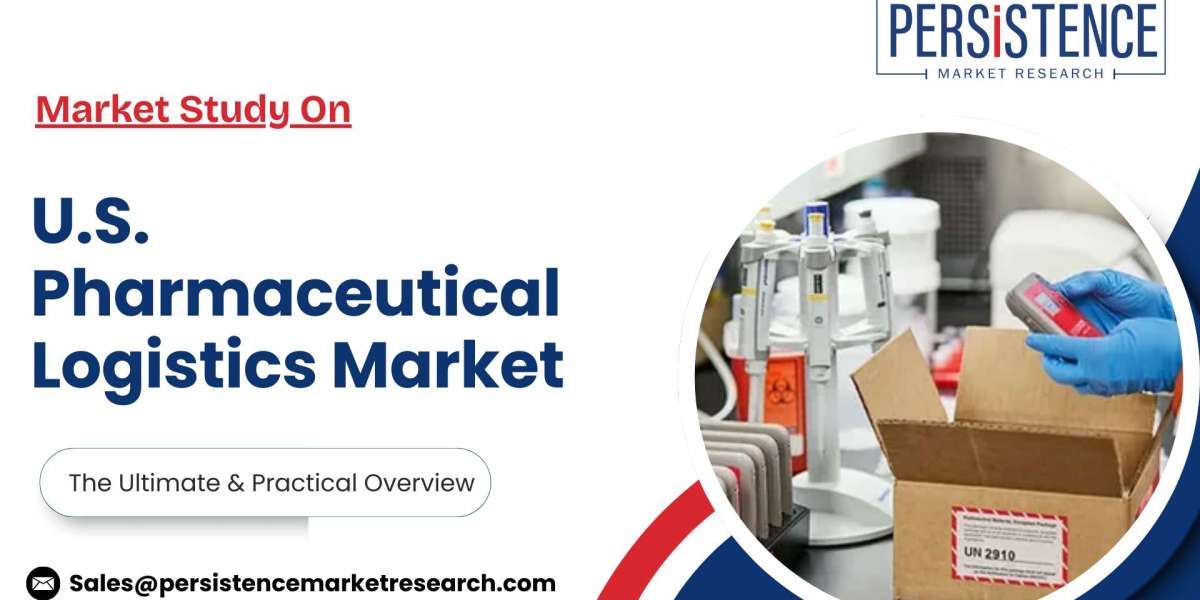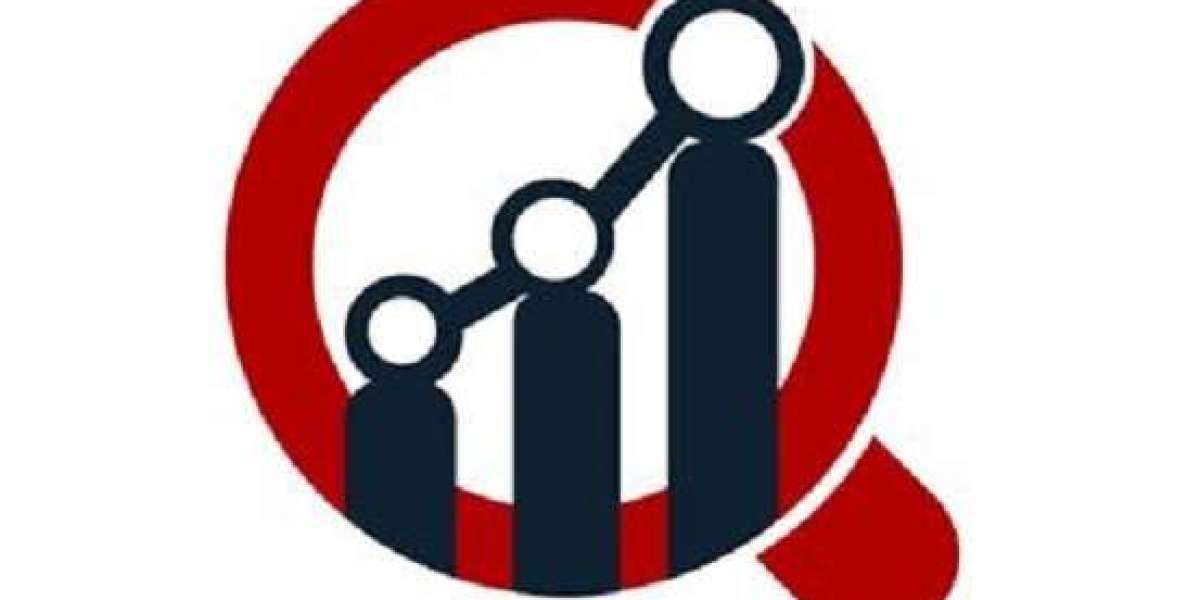The U.S. pharmaceutical logistics market is poised for significant expansion over the coming decade, with market size projected to rise from US$ 24.7 billion in 2025 to US$ 43.6 billion by 2032, representing a compound annual growth rate (CAGR) of 8.4% between 2025 and 2032. This growth trajectory is being driven by a confluence of factors, including the surge in generic drug manufacturing, the rising demand for biologics and specialty medicines, and increasing reliance on third-party logistics (3PL) providers for efficient distribution.
Surge in Generic Drug Manufacturing Boosts Logistics Demand
The U.S. pharmaceutical industry has witnessed a marked increase in the production of generic drugs. These cost-effective alternatives to brand-name drugs reduce healthcare costs and broaden patient access to essential treatments. The expansion of generic drug manufacturing has, in turn, fueled the growth of pharmaceutical distributors. Currently, distributors in the U.S. manage nearly 92% of pharmaceutical sales, acting as a crucial intermediary between 1,300 manufacturers and over 180,000 points of sale.
With the increasing shipment of drugs and medical devices from the U.S. to global markets, pharmaceutical companies are increasingly outsourcing logistics operations to specialized firms. This trend is driving demand for advanced logistics solutions, including cold chain management, inventory tracking, and secure transportation of high-value products.
Key Industry Trends and Market Insights
The U.S. pharmaceutical logistics sector is characterized by a strong emphasis on cold chain logistics, storage, and regional hubs for distribution. In 2025, cold chain logistics is projected to account for 56.8% of market share, reflecting regulatory mandates for the safe transport of temperature-sensitive drugs, vaccines, and biologics. The growing popularity of gene therapies and personalized medicine, which often require ultra-low temperature storage, is expected to further strengthen cold chain investments.
Storage infrastructure is also critical, with 61.2% of market share projected for storage solutions in 2025. Rising biologics production and specialty drug distribution necessitate specialized storage environments to maintain product efficacy and safety. The development of advanced temperature-sensitive storage facilities is anticipated across the country, particularly in key manufacturing and distribution hubs.
Regional Insights: Midwest, Southeast, and West Lead Growth
Regionally, the Midwest U.S. is expected to account for 31.6% of the market in 2025, due to its central location, proximity to transportation hubs, and strong manufacturing presence. States such as Illinois, Michigan, and Ohio have attracted significant investments in pharmaceutical distribution infrastructure. For instance, FedEx expanded its Cold Chain Solutions facility in Indianapolis, investing $50 million to enhance its capacity for handling vaccines and gene therapies.
The Southeast U.S., including Florida, Georgia, and North Carolina, is emerging as a hub for life sciences investments. The Research Triangle Park in North Carolina has attracted international pharmaceutical players like Novo Nordisk and Eli Lilly, fueling demand for cold chain logistics services. Additionally, the region’s excipients market—critical for drug formulation—requires specialized storage and just-in-time delivery, further boosting logistics infrastructure development.
In the West U.S., California stands out as a biotech and pharmaceutical powerhouse, hosting over 3,700 life sciences companies. Major ports like the Port of Long Beach and the Port of Los Angeles handle significant volumes of refrigerated pharmaceutical imports, primarily APIs from Asia. Outsourcing of logistics services by small-scale biotech firms has also driven demand, with companies such as Catalent providing end-to-end storage, shipping, and labeling services for sensitive biologics.
Drivers of Market Growth: HPAPIs and Strategic Stockpiling
A significant growth driver for the U.S. pharmaceutical logistics market is the increasing use of high-potency active pharmaceutical ingredients (HPAPIs). HPAPIs, widely used in hormonal treatments and targeted cancer therapies, are highly potent and require specialized handling, secure transport, and containment measures. Companies such as DHL Supply Chain and FedEx have developed dedicated transportation units and training programs to manage these materials safely. For example, DHL introduced a specialized HPAPI service with enhanced compliance tools and isolation packaging, reflecting the logistics sector’s adaptation to this emerging niche.
Another key factor influencing market growth is the development of strategic stockpiles. The U.S. pharmaceutical supply chain relies heavily on imported APIs, particularly from China and India. Temporary export restrictions, such as India’s 2023 export limit on 26 APIs, have highlighted vulnerabilities in the supply chain. To mitigate disruptions, U.S. logistics providers are building local stockpiles near manufacturing facilities and diversifying sourcing strategies.
Challenges: Regulatory Compliance and Operational Hurdles
Despite strong growth prospects, the U.S. pharmaceutical logistics market faces challenges related to regulatory compliance. The Drug Supply Chain Security Act (DSCSA) mandates end-to-end traceability of pharmaceutical products from manufacturers to patients. Compliance requires advanced technologies such as Radio-Frequency Identification (RFID) and blockchain for serialization and tracking. While these technologies improve transparency and security, they demand significant capital investment. Companies like Cencora, Inc. have spent over $100 million on traceability technologies, posing barriers for smaller firms with limited budgets.
Opportunities: Specialized Packaging and AI Integration
The rising demand for temperature-sensitive drugs, biologics, and gene therapies is driving innovation in specialized pharmaceutical packaging. Solutions like real-time condition-monitoring sensors, phase change materials, and vacuum-insulated panels are enhancing product safety during transport. For instance, Cryoport reported a 23% increase in demand for ultra-cold packaging systems in 2024, catering to mRNA-based treatments and gene therapies.
Additionally, logistics providers are increasingly leveraging AI-based load optimization tools to improve shipping efficiency. McKesson, based in Irving, implemented AI software to optimize container and pallet layouts for bulky opioid packaging, improving load efficiency and reducing costs by 18%. These technological innovations are expected to open new growth avenues in the pharmaceutical logistics sector.
Category Analysis: Cold Chain vs. Non-Cold Chain Logistics
Cold chain logistics dominates the market, accounting for 56.8% of U.S. pharmaceutical logistics in 2025, driven by public health preparedness and the expansion of ultra-low temperature storage facilities. Gene therapies such as Luxturna and Zolgensma require storage temperatures between -60°C and -80°C, highlighting the importance of advanced cold chain solutions.
Non-cold chain logistics are also witnessing growth, particularly for oral solid dosage forms, over-the-counter medications, and conventional drugs that remain stable at ambient temperatures. According to IQVIA, oral solids constituted nearly 60% of all prescriptions in 2023, underscoring the continued relevance of non-cold chain distribution networks.
Technological Advancements in Monitoring and Transportation
Monitoring technologies are a critical segment, with IoT-based and cloud-connected tracking systems enhancing visibility and safety. For example, UPS Healthcare’s SmartLabel technology enables end-to-end tracking of humidity, temperature, and GPS data, embedded directly in shipping labels. This trend is expected to accelerate, further integrating real-time monitoring into pharmaceutical logistics.
Competitive Landscape and Key Players
The U.S. pharmaceutical logistics market is highly specialized, with a mix of large-scale global players, mid-sized distributors, and niche service providers. Major companies include FedEx Corp., UPS Inc., Lineage Logistics, Americold Logistics, C.H. Robinson, Owens & Minor, SEKO Logistics, and Nichirei Logistics Group. These players are focusing on cold chain expansion, clinical trial logistics, digital tracking, and direct-to-patient delivery to remain competitive.
Notable recent developments include:
GXO Logistics, in May 2025, secured a 10-year, $2.5 billion contract with the U.K.’s NHS, managing a dedicated fleet of 300 vehicles and eight distribution centers.
UPS, in April 2025, acquired Canada-based Andlauer Healthcare Group Inc. for nearly $1.6 billion, enhancing its cold chain capabilities.
GXO Logistics, in February 2025, partnered with Siemens Healthineers to expand its Forward Stocking Network in California and New Jersey, increasing inventory capacity by 30%.
Outlook: A Dynamic, Growing Market
With increasing demand for generic drugs, biologics, and high-value therapies, the U.S. pharmaceutical logistics market is entering a period of robust growth. Investments in cold chain infrastructure, AI-driven optimization, regulatory compliance, and specialized packaging are shaping a modern, resilient supply chain. Regional hubs in the Midwest, Southeast, and West will continue to play pivotal roles, while partnerships, acquisitions, and technological innovations will drive competitiveness among market players.
As the industry adapts to the growing complexity of pharmaceutical products and evolving regulatory requirements, logistics providers are expected to continue evolving their services, ensuring safe, efficient, and timely delivery of medicines across the nation and beyond. By 2032, the U.S. pharmaceutical logistics market is projected to not only surpass $43 billion but also redefine industry standards for innovation, compliance, and operational excellence.














